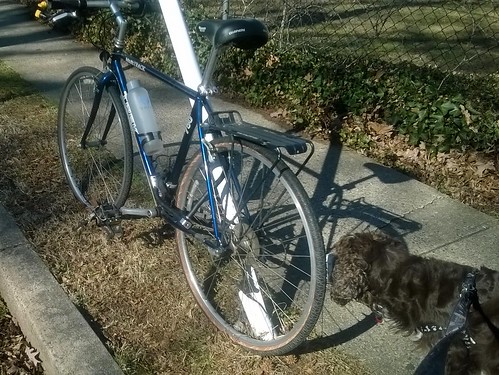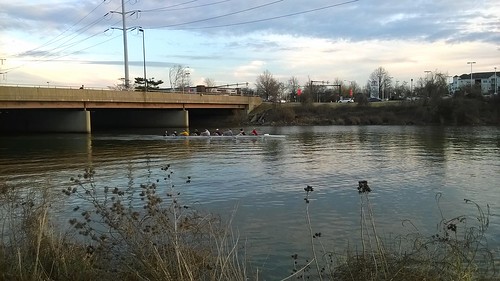 Epic Bike Rides of the World by Lonely Planet
Epic Bike Rides of the World by Lonely PlanetMy rating: 3 of 5 stars
Lonely Planet seems to have decided to publish more specialized guides - although this isn't a take-it-with-you sort of guide but more of a this-may-inspire-you introduction to possibilities for longer distant cycling (generally at some non-trivial expense, by the way).
The format is puzzling. It isn't a coffee table book, but is large-ish format. Physically it reminds me of a high school text book.
The book covers in some detail fifty different possible cycling routes (as they call them) in thirty different countries, organized by region (Africa, Americas, Asia, Europe, Oceania). The number of routes per region varies widely, with all of two for Africa but nineteen for Europe and fourteen for the Americas. The rides are categorized "easy, harder, epic." For each route, there is a "tools" section that gives some information for someone who might actually be considering one of these rides, but since these are mostly not in one's neighborhood and would require considerable preparation, they are just a bare bones start at the research that would be required.
The photography is nice - again, with the idea to perhaps inspire you.
In a nod at how such information would be presented on a web side, each of the fifty routes ends with brief "more like this" section with another three routes covered in a paragraph. Some of these rides were more interesting to me than the ones covered in details - oh well.
The front cover has the blurb, "Explore the planet's most thrilling cycling routes" at the bottom of it. Perhaps I don't think of "thrilling" the right way. Clearly a few of them are in what I would consider attractive for a thrill seeker, but I would say a more accurate blurb would be "the planet's most satisfying cycling routes." But I guess inspiration needs to be for thrills, not satisfaction.
View all my book reviews.



![Bicycle shelter, National Cash Register [Company], Dayton, O[hio]](https://c1.staticflickr.com/4/3930/32957219582_6be3423ffb.jpg)
![Bicycle shelter, National Cash Register [Company], Dayton, O[hio] - detail](https://c1.staticflickr.com/4/3932/32297952553_b6cf485972.jpg)







